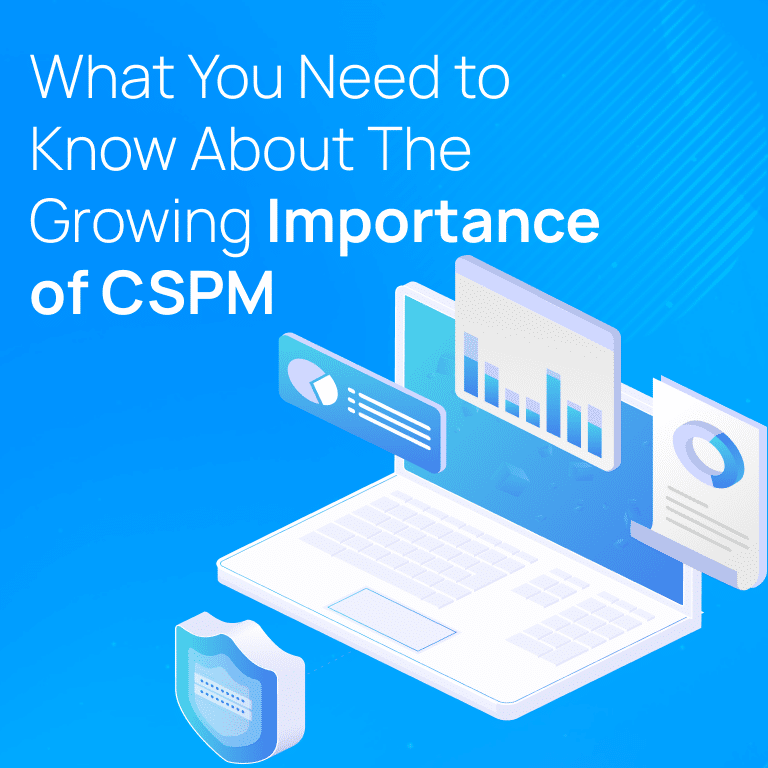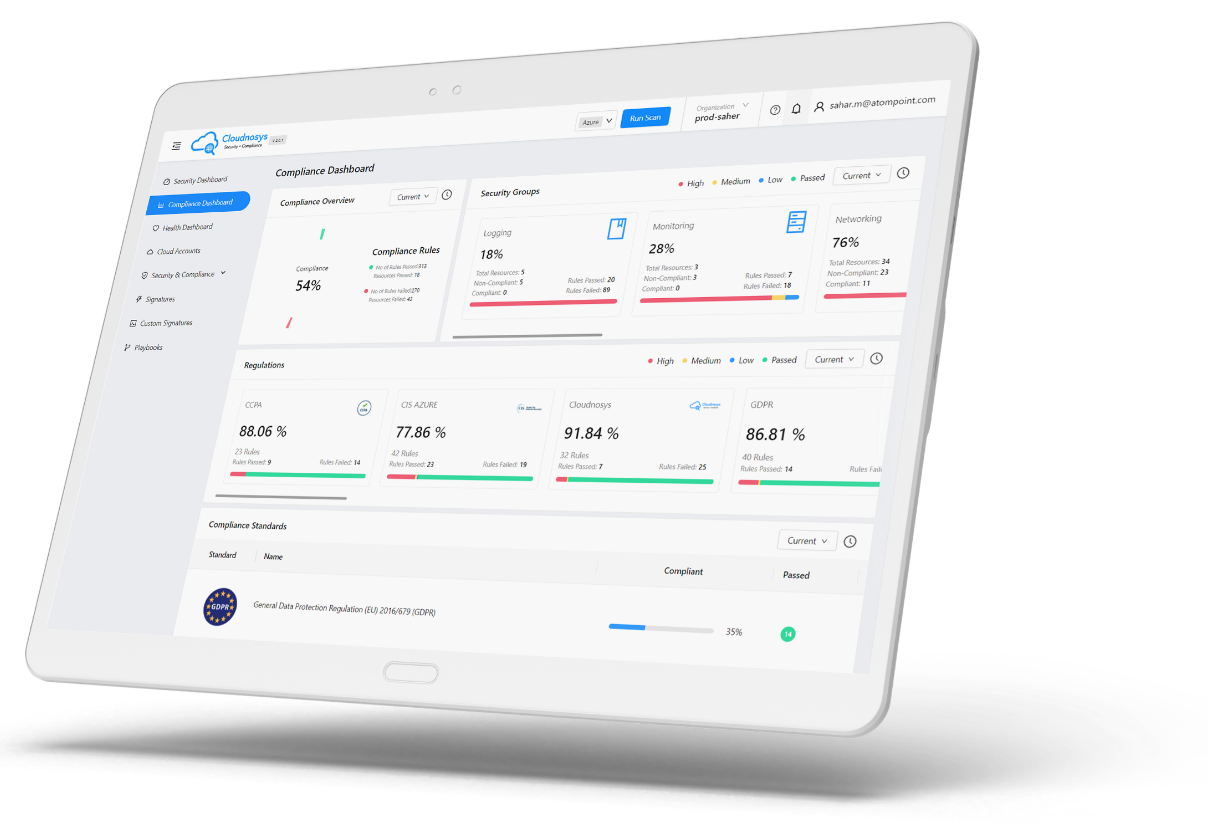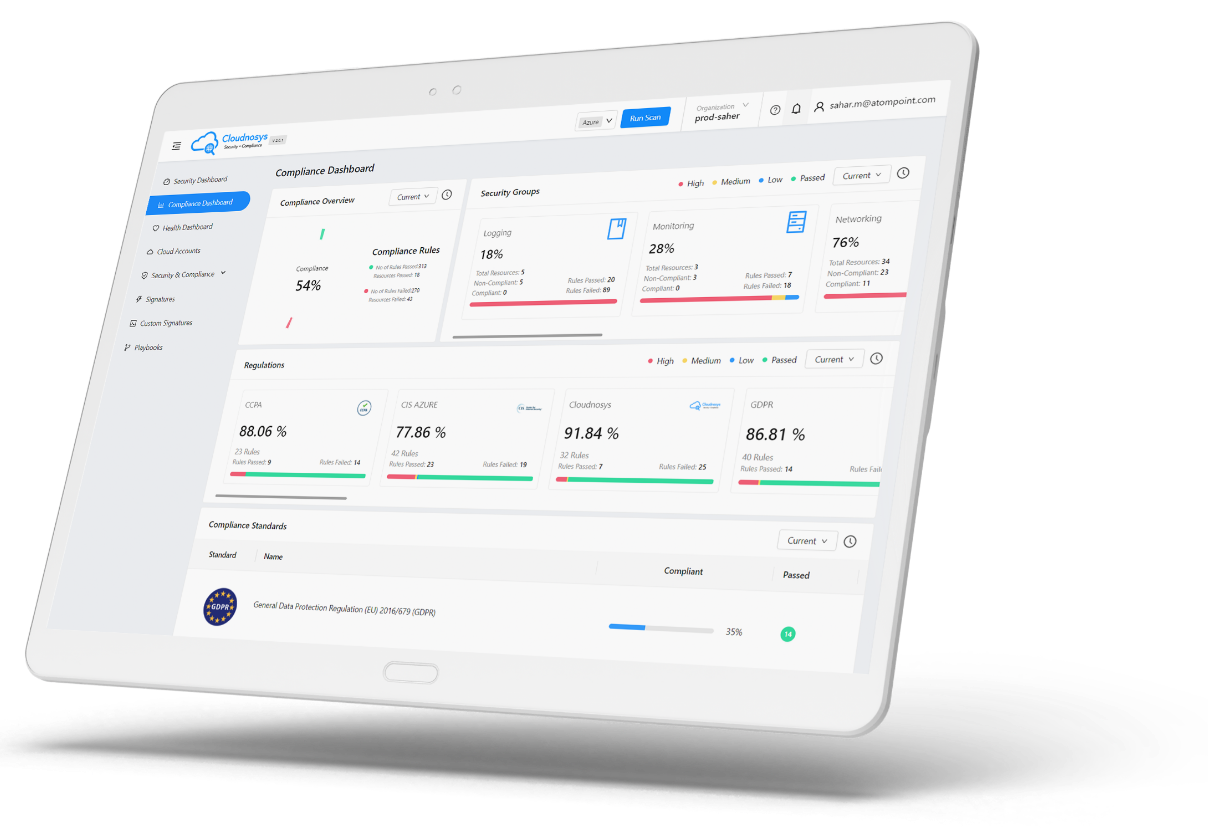Cloud computing has already become ‘the’ alternative to on-premises solutions. It has allowed SMEs and large enterprises to enjoy sheer flexibility and added security due to the concept of economies of scale. While businesses are enjoying the numerous benefits of cloud technology, the constant rising security concerns are keeping them on their toes. In 2018 alone, some of the biggest applications like MyFitnessPal and Facebook and organizations like Air Canada and T-Mobile were victims of data leaks and cyber-attacks.
The concerns regarding cloud security are growing in parallel to the increasing use of cloud systems. Here, we have covered some of the common cloud security challenges that companies leveraging cloud technology face:
Common Cloud Security Threats
Distributed Denial of Service (DDoS)
DDoS attacks are designed to crash a server, disrupting the flow of business activities. This is done by using a botnet to deploy hundreds, or even thousands, of internet bots, that load the server with unmanageable traffic, crashing or shutting down the server done completely. The attacker needs only one vulnerable system on the server to plant a bot. That bot then finds other vulnerabilities on the server before flooding it with traffic.
Since DDoS itself doesn’t benefit the attacker, it is often used as a tool of revenge to send out ripples of damage across enterprise IT infrastructure. Cyber-attackers also use DDoS to turn heads from the actual data-theft or malware planting while IT personnel are busy dealing with the DDoS attack itself. One of the record-breaking attacks was seen last year on GitHub, a developer firm. The company was hit with a massive 1.35 terabits of traffic per second.
Insecure APIs
Think of APIs as the front door to your application on the cloud. Through these APIs, cloud systems recognized and exchange information with third-party apps and IoT devices. Attackers can hack these APIs and use it to access your data on the cloud. This calls for the developers and cloud users to make sure that APIs are encrypted properly.
Instead of attacking a well-protected cloud directly, the attacker takes a different approach and gains access to the API. Since APIs are used for exchanging massive amounts of user data, they should be fortified with advanced security layers. However, with more devices connected through those APIs, the degree of risk for data breaches and compromised security increases. In 2016, Nest Thermostats had a security flaw that allowed cyber-attackers to access locations of several households. This vulnerability was later found in the Nest’s weather update feature.
Sophisticated Phishing
Since online users have become much more aware of phishing techniques, attackers have opted for a different strategy. They are now crafting fake messages using machine learning in hopes that the user will take a wrong turn and click on the bogus piece of information being provided. This compromises the security of the system, allowing hackers to gain access to crucial information, like login details, credit card credentials, and other information from the cloud.
Businesses are likely to become vulnerable to a plethora of other cloud security threats, including:
- Malicious insiders: Authorized people with access to sensitive data can turn rogue.
- Spectre and Meltdown: Attackers find critical vulnerabilities to steal data from a cloud.
- Shared technology vulnerabilities: Hypervisors allow data access to guest OS.
- Service traffic hijacking: Hackers steal keys and passwords to access important consumer data.
- Man-in-the-middle: If data on the cloud is moving through a third-party solution, it can be altered before reaching the destination.
- Cryptojacking: Hackers use your cloud computing resources to mine cryptocurrencies.
- Insufficient due diligence: Lack of a predefined plan for handling potential data security risks prior to deployment
Common Cloud Security Challenges
Compliance Complexity
A growing problem for enterprises using cloud technology is compliance. Organizations in sectors, like finance and healthcare, handle and use massive amounts of user data daily and are required to enforce with a number of complex regulatory compliance to do business in the US.
Let’s take the example of the Center for Internet Security (CIS) Controls. For AWS alone, it has over 44 controls that companies need to implement to ensure well-rounded data security. To achieve this, you would need experts to make your cloud fully compliant with standards and regulations, like HIPAA, ISO, PCI, CIS, and others. Unfortunately, several cloud services providers don’t ensure compliance with the relevant standards, which can create loopholes in your security. This could lead to legal and security-related consequences for your business.
Lack of Visibility and Control
Many times, companies have reported losing control over data security and other crucial aspects of the cloud, especially while using 3rd party cloud service providers. This can certainly become a loophole for an attacker to gain access to critical data.
One of the worst problems with lack of visibility is that businesses don’t recognize the problem until the damage is done. Cloud security professionals need to take measures in advance to keep data safe and under control at all times, especially when operating in hybrid and public cloud environments.
Lack of Transparency
Businesses working with third-party cloud services providers often fall prey to security breaches due to lack of transparency regarding the security processes of the platform. On the other hand, businesses don’t have in-house experts with in-depth knowledge of cloud infrastructure and its mechanisms, failing to ensure that their data is being stored, processed, and moved between data points securely at all times. This lack of knowledge, visibility, and transparency can lead to an inevitable question on the security of customer data.
The Security Challenge
Enterprises, both large and small, are struggling with cybersecurity threats and finding the most effective cloud security solutions. This is because they are using a one-size-fits-all strategy which is not only costly but also inefficient, especially for the SMEs and large enterprises. In-depth research by McKinsey on this matter showed that since companies have a limited pool of resources, wasting it on unimportant data may not be beneficial.
For example, a user’s credit card information is far more valuable than a particular invoice number. Therefore, credit card details must be encrypted with greater security measures while lesser resources should be exhausted on the security of that invoice.
In other words, a cloud security strategy should focus more on securing critical data instead of allocating the same high-end security resources for data that is less significant.
Devising a Robust Cloud Security Strategy
Although the use of cloud technology is becoming more common in businesses of all sizes, they are still unable to solve the cloud security dilemma. It is partially because merely taking your business to the cloud isn’t the answer to the problems of your growing IT architecture.
A McKinsey report suggested that cyber-attacks continue to escalate because businesses don’t prepare for potential threats prior to moving to the cloud. These companies need to formulate an actionable strategy to conquer the security challenges on the cloud.
Here are some great tips for devising a practical security framework for businesses using cloud technology:
Compliance Certifications
Enterprises with data on the cloud should have IT professionals with relevant compliance certifications for key security provisions. These certifications help in devising strict security policies across multiple business units. For example, you can implement SOC 2 Type II which ensures a robust, well-grounded design. It will help your business to maintain high-security levels for your cloud data.
Another compliance certification is PCI DSS. It is a multifaceted standard that takes into account the procedures, policies, software design, and network architecture, among other areas, ensuring top-tier security for using cloud services securely.
IAM Best Practices
Implementing Identity and Access Management (IAM) renders the effective management of digital identities. It allows your enterprise to set up a rigorous set of requirements for anyone who wants to access the data on the cloud. IAM best practices provide your business with detailed policies and role-based access controls.
These practices are implemented and recommended by top cloud services providers and are crucial for devising your cloud security strategy.
Multi-Factor Authentication (MFA)
It comes under the umbrella of IAM best practices. The core purpose of multi-factor authentication is to secure account hijacking, data breaches, and shared resource breaches by controlling access.
It adds an additional layer of security to ensure that compromised user names and passwords cannot be used for malicious purposes. MFA requires another verification from the user before allowing it to access the critical data. This can be something unique, like your fingerprint, face structure, or even a one-time password that you need to enter before you’re allowed to change it. However, your unique ID is not part of MFA since it is the first step of authentication. MFA lays a secondary layer of access control. Together, multi-layered security becomes a vital addition to your cloud security strategy.
Risk-Management Measures
Another important area that companies need to focus on is comprehending the problem for what it is. In enterprises, the upper management, i.e., CEOs, CFOs, and COOs, make most of the decisions regarding the security of data on the cloud. However, C-level execs are business experts with little or moderate knowledge of how the cloud systems work.
Another area of concern found in organizations is that cloud security is being dealt with as merely an IT concern. Here’s why neither of these approaches is sound in laying down a firm security framework for the cloud:
- There are literally billions of points that need to be defended. An expert may understand, develop, and improvise while dealing with most of these challenges.
- With the aggressively expanding IoT landscape (expected to cross over 30 billion devices by the next year), cloud security risks will only increase with time, therefore requiring professional assistance.
- Meltdown and Spectre attacks are also on the rise, calling out for vulnerabilities in billions of chips to be addressed.
When top executives are not making cloud computing decisions, they are delegating the development and implementation of security protocols to the IT team.
The most viable solution is to have dedicated cloud computing experts on board even if you are not using on-premises. These professionals will be able to better identify potential risks and mitigate them before they cause harm to key data on the cloud.
Collaborative Governance
Treating a business’s online security in isolation is no longer the right solution. In addition to taking strict security measures within your organization, it is important to focus on areas where you connect with your vendors or customers. For example, a login window for your customers/vendors on your website.
Cyber attackers can gain access to your data through multiple windows. Your organization needs to draft policies that not only take into account your own cloud security framework, but also address the vulnerabilities on the customer, supplier, and vendor networks. Ensuring this address loopholes in your overall security infrastructure, further fortifying your cloud data.
To ensure governance, start by addressing the weakest links in the defense chain. Take into account every system and customer or vendor that may leave a loose end in the overall security model. Collaborative governance of the entire cloud model will not only keep the business safe from various cyber threats but also save around 20% of the costs that incur on cybersecurity. Implementing such a collaborative security architecture would require a comprehensive understanding of all the internal and external moving parts of the business.
Infrastructure Protection
Once you have your cloud infrastructure in place, you need to make sure that it adheres to the best practices. Infrastructure protection is vital when it comes to an information security program. You will have to define packet filtering and network boundaries, undergo patching for security maintenance and manage user keys as well as access levels for proper authorizations and authentications.
AWS cloud security offers a number of solutions regarding infrastructure protection. It protects host-level boundaries, configures and maintains system security, and enforces service-level protection. However, none of these (or potentially any other approach to infrastructure protection) would work unless certain foundational practices are in place.
You should categorize data based on the level of sensitivity and prioritize cloud security resources on the most critical data. In addition, implement tokenization for tracking user activity for protecting data even further.
Understanding the Concept of Shared Responsibility
A Gartner study has shown that by 2022, over 95% of cloud security breaches and failures will be attributed to customer side inefficiencies and loopholes. Businesses must understand that cloud security is a two-man job, and they need to follow the shared responsibility model. Cloud services providers take measures for ensuring the security of the cloud. This involves implement security guardrails for virtual networks, hypervisors, servers, physical networks, runtimes, operating systems, and others.
On the other hand, businesses are responsible for the security within the cloud for securing the data stored and in transit. This may include enforcing IAM practices, network traffic encryption, and firewall and network configuration, among others. Once both cloud services providers and businesses deliver on their share of responsibility, only then they can ensure a fully-secured cloud.
Conclusion
Data clouds are a contemporary, efficient, and cost-effective way of protecting and accessing data. Although cloud systems are more secure than conventional on-premises frameworks, there are several organizational processes that create loopholes in the security framework. Enterprises need to work on fixing these weak points in order to keep safe from the relentlessly growing threat of cyber-attacks.
Cloudnosys offers robust cloud security solutions to help you identify potential risks and lay down a thorough cloud security strategy to ensure airtight infrastructure protection for your enterprise.










